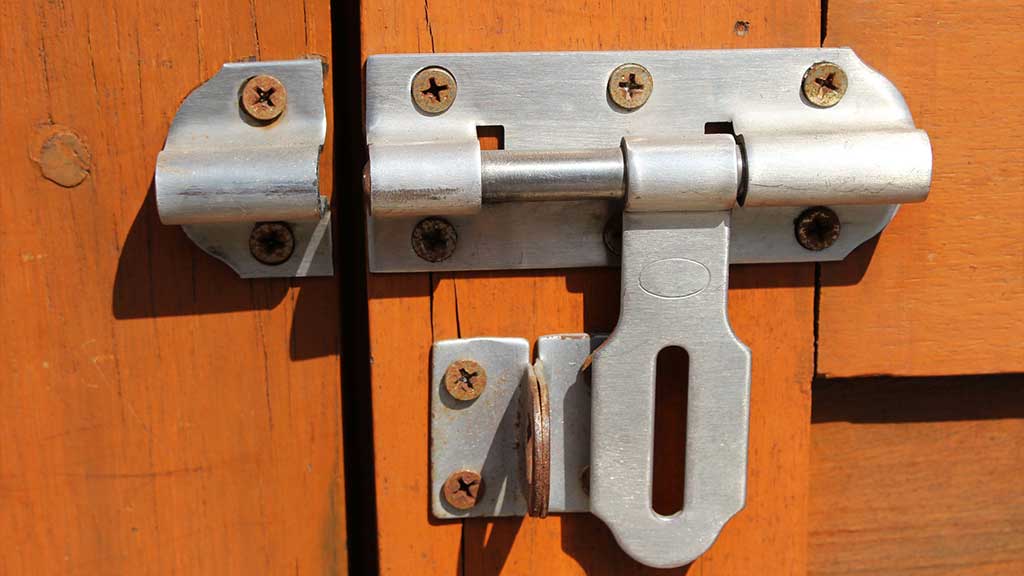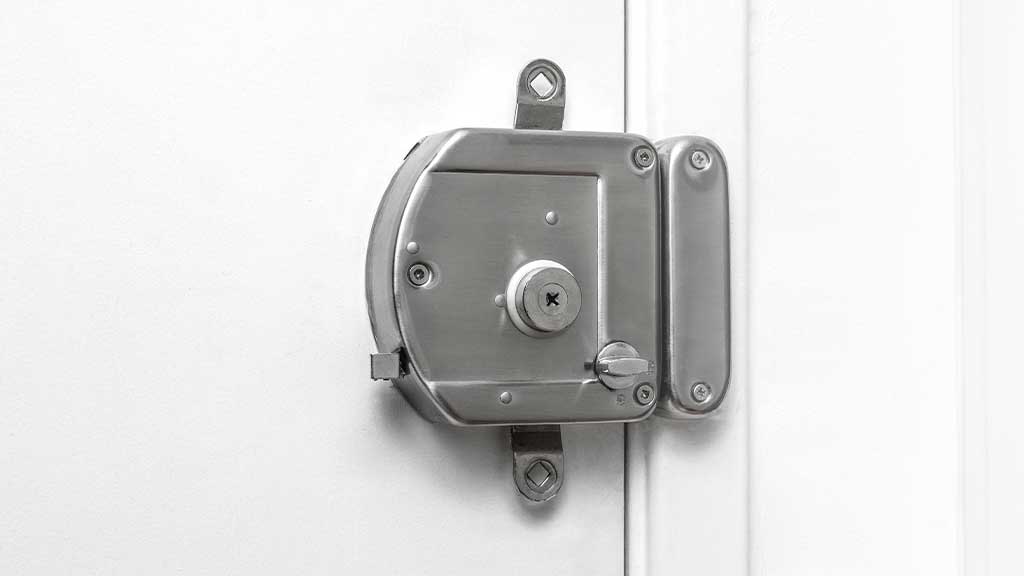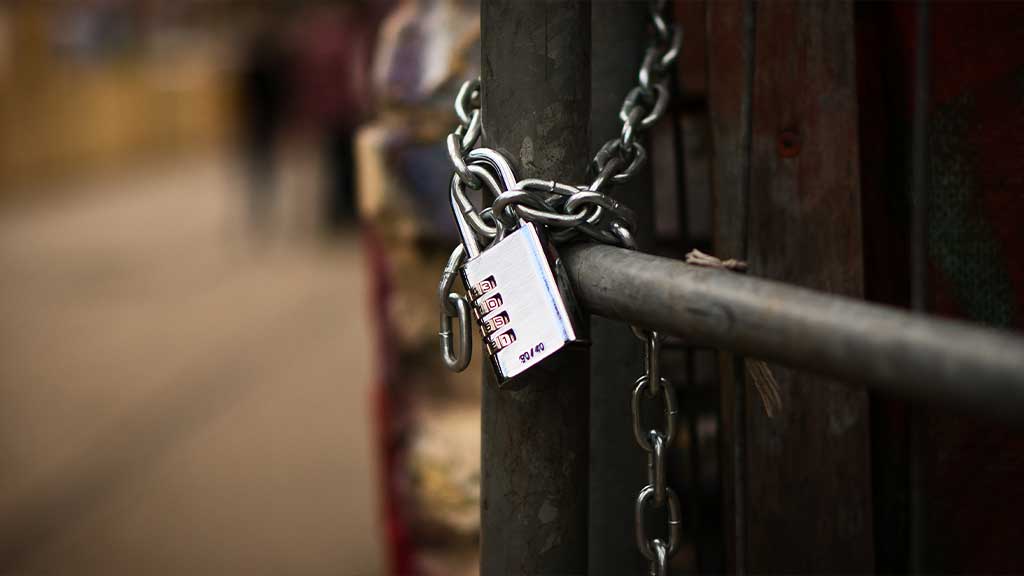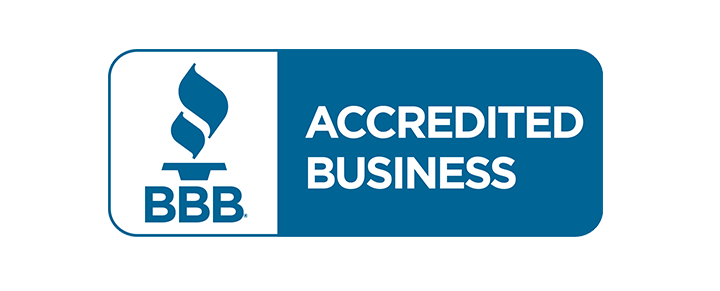There are a wide variety of design options available for door latches. Whichever door latch you choose to install on your door should ultimately be determined by how well it does the job it was designed to do. Some door latches are more secure than others, and some may appear more visually appealing than others.
This guide will help you understand the various parts of a latch and how they work, in addition to providing an overview of the most common types of latches, so that you can make an informed decision about the sort of latch you should purchase for your house or business.
What is a door latch?
Latch mechanisms for both gates and doors are collectively referred to as door latches. Either a movable bolt that stops the door from opening out, or a hook that keeps the door closed in either the sliding or open closed position, may be used.
A doorknob is a typical type of latch used in houses. The majority of buildings employ this style. It has a locking mechanism, a latching mechanism, as well as two knobs, one on the inside and one on the outside. Rotating the knob from either of the door’s sides engages the latch, which is a spring plus bolt system. They’re quarter-turn mechanisms, meaning that a full turn of 90 degrees is required to engage them.
Levers, rather than knobs, are used in some designs for practical and aesthetic reasons. Levers are aesthetically pleasing to use because they complement certain building layouts. Levers also provide a more secure grasp. Fire escape doors typically have special latches called distress bars. Pushing a huge bar attached to the door knob releases the panic bar, commonly known as a collapse bar or a push bar. They are made to be easily and swiftly opened. The idea is that these will keep people from panicking and becoming trapped in dangerous situations.
Deadbolts, dead latches, as well as deadlocks are all names for the same thing: a type of door latch. The locking and unlocking mechanisms of these doors are distinct from one another. We’ll break down their structures and highlight their distinguishing features.
Deadbolts
Doors with deadbolts can only be unlocked by manually twisting the knob or using a key. As the bolt cannot be kept stretched by a spring, it is not very secure. As a result, the door does not secure itself when it is closed. This bolt could be withdrawn by pushing it when it is fully extended. Externally, you’ll need a key to unlock the latch, but all you have to do is turn the knob. Deadbolts, in comparison to dead locks, often have a more sturdy build.
Dead latch
This doorknob has a dead latch, a common locking mechanism. Both the larger main bolt, which is what really keeps the door shut, and the tiny dead latch bolt, which prevents the primary bolt from ever being tampered with, is included in a dead latch.
A spring is used to lengthen both bolts. The dead latches are little bolts in the shape of a D that are located next to the main bolt, both of which are cylindrical in shape and have rounded ends. When you shut the door, the primary bolt’s chamfered edge slides against the striking plate’s lip. The fastener is momentarily retracted by making this movement. The box’s main bolt locks into place after it is inserted. The latch unlocks in exactly the same manner as the deadbolts.
The tiny dead latch fastener is indeed the dead latch’s defining characteristic. Dead latches have a strike plate that is too small for such a dead latch bolt but large enough for the main bolt. As a result, the dead latch mechanism is withdrawn whenever the door is shut. The mechanism of a dead latch bolt when retracted makes it impossible to push or retract the main bolt.
Deadlocks
Deadlocks provide the greatest level of security of any door latch design. In use, they are equivalent to deadbolt lock types. The only variation is that keys are required for both the inside and outside locks. Even though it’s not visible from the outside, there’s still a knob inside that’s utilized to extend this bolt. Because a key is required for entry or exit, deadlocks seem to be great for adding an extra layer of security to a building, but they can also possibly trap large groups of people in the event of a disaster.
Sliding bolts and hooks
Sliding bolts as well as hooks are more examples of sliding door latch types. Those are installed in low-traffic doorways. Since these bolts and locking mechanisms are customizable, they can indeed be made stronger and more robust than traditional door handles. The locks on such doors are typically only usable from one side.
The purpose of door latches
Having a firm grasp on the mechanics of door locks is crucial while pondering the many options available. While many options exist for door fasteners, each has its own set of advantages and disadvantages. The function of a door or gate latch is to secure the door or gate in place.
As their names imply, door latches and locks are often confused with one another. A door lock, as the name implies, is a device used to prevent entry through a locked door or gate. Then, what are the distinctions between them?
A latch can hold a door shut, but it can’t actually lock it. The major difference between the two latches is crucial when deciding which one to use. These items are frequently used in tandem with each other to secure a door. If additional security is not necessary, however, most doors as well as gates can be secured with just a latch.
Types of Door Latches
A basic latch has a bottom, a bolt, and a housing or receptacle. Most commonly, the bolt’s base is attached to the door. However, the box is attached to the framework. Bringing the bolt into the container by sliding it or bringing it into position triggers the latching
Further refinements to this fundamental structure have resulted in a wide variety of latch designs. The most common types of internal door latches are elaborated upon below.
Bolt latches
Lots of people who own their own homes prefer bolt latches. A steel bolt or latch is utilized in this style of latch, which can be utilized to safely secure an entrance or gate. To gain entry, you need only move the steel bolt to the back to release the latch. It is possible to re-use the rod to secure the entrance or gate in the closed position.
The majority of bolt fasteners do not have any sort of door latch mechanism for added safety. That leaves them vulnerable to being opened by anyone who can slide the bolt. A padlock may not work with every type of bolting latch, although many do. A homeowner can use this to beef up the safety of their door latch.
A wide range of sizes and materials are available for sliding bolt locks. This latch consists of two parts. That is, the gate or door is, obviously, the primary attachment point for the primary fixture also with a moving rod. The bolt is then secured in place by affixing an extra piece to the frame.
Mortice latches
These tubular locks, often called mortice latches, are among the most popular types of door latches. The mortise latch gets its name from the way it is permanently fastened to a door by being cut out of the wood. It’s done this way so the latch can be operated by a standard door knob.
The door can be opened and closed by turning this knob/handle. Most homes have this type of latch installed on the inside of a door, and it is the most common of all latches. There is a wide selection of tubular latches available, and their quality may vary.
Economy tubular latches are the cheapest currently available but also have the shortest lifespan. A typical tubular latch works in the same way conceptually, but it is constructed more robustly. The best and longest-lasting examples of this style of door latch include the double-sprung and heavy-sprung cylindrical latches.
Flat latches
Both tubular and flat latches are installed directly into the door frame; therefore, they share some functional similarities. This means their functionality is analogous to that of the type described in the preceding paragraph. Nevertheless, these are typically installed on thicker, sturdier doors, on which a lock isn’t necessary.
The vast majority of interior doors that don’t require extra protection will have flat latches. Smooth latches, like the earlier style, are operated by the use of a grip. Flat latches come in a wide range of sizes, metals, and finishes, so it’s easy to pick one that works for you.
Locks with Roller-Bolt Latches
A wide range of sizes as well as materials are available for these latches. Among the available metals, brass or alloy steel are the two most common examples.
Functionality distinguishes roller bolt latches from other kinds of internal latches. To open or shut doors of the other varieties, you’ll have to manually engage a handle or knob by lifting it or twisting it.
However, if a rolling bolt latch is installed in the door itself, the door can be opened by simply pulling it open. The force required to pull the door open can be modified because of the mechanism’s rollers. If the door is closed and the latch is engaged, it will not open again. In most cases, this latch will be found on a closet door.
Spring-Loaded Latches
As a result of the ease of use they provide, spring-loaded latches have been frequently used for internal doors. This latch is used to lock a door using the force of a squeezed spring. However, the latch is often utilized in the auto market and is widely regarded as heavy-duty.
Nonetheless, such spring-loaded locks are also commonly seen on a wide variety of doors and windows and are the most common type of cupboard door latch. These locks come in a variety of sizes, each tailored to their specific functions. There will be a variety of materials to choose from. Although a variety of materials are used for these locks, stainless steel is a popular choice.
Spring-loaded latching performs many of the same functions as conventional deadlocks. Bear in mind, though, that these are merely door latches and not actual locking systems. Slam and spring latches are also used on main doors to houses and businesses because they are always engaged.
Rim Latches
Compared to morticed door latches, which are set into the door frame, these surface-mounted latches lack security.
The doorknob as well as cylinder locks are common features of rim latches. Rim locks are similar to rim latches, but in addition to latching, they can be locked for extra security.
Rim locks aren’t the most secure choice for an outside door’s installation, but they’re also the most convenient. Nevertheless, if you need a latch for a gate that just doesn’t require locking, a rim lock is your best bet. Styles and materials range from bronze to brass to iron.
Hooks latches
Gates typically have hook and eye locks. These latches are ideal for use in the outdoors because of their simplicity and reliability. For this reason, these fasteners are also known as garage door latches. This latch, like most others, requires two parts for installation.
As a first step, the hook is secured to the gate through an attachment. After that, an eye is mounted on the framework. After inserting the hook into the eye, the door will remain securely closed. Since these latches are so simplistic, setting them up is a breeze.
Make sure you obtain a hook and eye latch that is the proper size for your door. With its many material and color options, this latch may be tailored to your exact preferences. These latches have a wide variety of possible applications throughout the house.
Chain Latches
The chain latch is yet another simple style that is frequently used in homes. When it comes to latches, this one stands out as being among the more unusual options because of how rarely it is utilized. Additionally, this lock provides marginally better safety than others.
Chain latches are typically used in combination with other types of latches and locks. for the simple reason that chain latches are never used for anything other than their intended function. There are two parts to this latch, just like any other. To begin, a track is installed on the door’s surface. After that, you fasten the chain to the framework.
You can lock your door by inserting the length of the link into the groove in the rail, but if you leave the chain latch unsecured, you can peek outside or chat to someone at your door before fully opening it. Because of its useful features, this latch design has become quite common.
Swinging Latches
Swinging latches, often known as swing door latches, are really quite comparable to slam locks. The push-to-close latch The push-to-close latch is activated by the closing of the door. The bolt is held in the flexed position by a spring-loaded system. Since the bolt must be retracted after it has made contact with the hammer, the tip of the bolt that makes contact with the striker is curved.
The latch consists of two pieces, similar to those found on other types of fasteners. The swing bar, therefore, is the most crucial component, and it is mounted to the door frame. To open the door, a peg is mounted on the frame and slides into a hole in the swinging bar. This works similarly to chain latches in that it allows a door to be propped open only a little bit.
Conclusion
The use of door latches is essential to ensuring the safety of one’s household and loved ones. It is necessary to keep latches in good condition, but it is also helpful to have some knowledge when picking a new latch or assembling a assembling a broken door latch. Because there are such a wide variety of types of door latches available, it is simple for first-timers (and even seasoned professionals!) to become perplexed about which style is which. We hope that by comparing and contrasting these sets of examples, you will have a clearer understanding of how each kind operates.
What is a Snap Latch?
You can lock and secure doors with these latches by simply snapping them together. With a push, they’ll snap tight, and a pull will loosen them.
What is a Door Knob Latch?
The cylinders that are inserted through the door’s edge areareare what is called the door knob latch mechanism. A spring-loaded latch that is retracted when the door is open is protruded when the doorknob is released, securing the door in its closed position.
What are the latches on doors called?
They are called door latches, door knob latches, or deadbolts.
How Does a Slam Latch Work?
These latches have a spring that is contained within the structure. When you open a door or close a cabinet, the spring will exert force on the pin. Applying such force will keep the pin in place, preventing the door and otherwise the cabinet from releasing on its own. The spring and pin configuration is typical of locking slam latches.
How Do You Install a Door Knob Latch?
This is a technically complicated procedure that requires a seasoned professional locksmith for completion.
